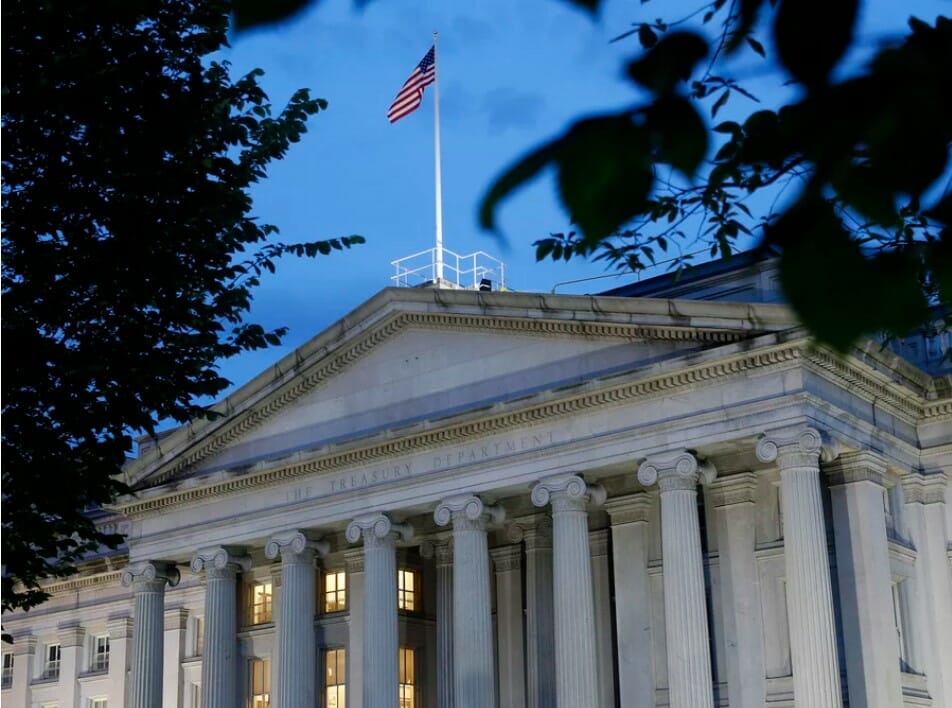KUALA LUMPUR, Malaysia (July 7): Due to Malaysia’s eroding fiscal balance sheet, the intensifying effects of extended lockdowns and social unrest, heightened political risk, and the potential of a Budget 2022 impasse, Kenanga Investment Bank Research forecasts increased market risk in the second half of 2021 (2H21). In a virtual briefing today, its research head Koh Huat Soon said he is pricing increased market risk in 2H21 because he sees a riskier investing environment now than six to 12 months ago.
“One of the reasons for this is that we are approaching the end of the 18-month period in which we must deal with the Covid-19 dilemma. So much money has been spent by the government in the form of aid packages, and so many resources have been invested to help support the economy. The more time we spend dealing with this, the less room we have for error “he stated
The longer the recovery takes, he believes, the more exposed the economy will be to unanticipated shocks.
He also mentioned that the government’s balance sheet is weaker today, with the budget deficit at its largest level ever, ranging from RM95 billion to RM100 billion, or 6.3 percent of Malaysia’s GDP (GDP).
This will limit fiscal capacity in the future, necessitating fiscal consolidation when the economy recovers next year, he noted.
He also expects the administration to face difficulties in passing its budget in October, as questions about its ability to fund Budget 2022 will be raised.
As a result, the research firm has reduced the FBM KLCI’s expected price-earnings multiple from 15.6 to 14.3 times.
The downgrading reflected increased domestic market risk, rising sovereign bond yields fueled by the threat of a US taper and inflation, and a perceived lack of environmental, social, and governance criteria.
This year’s FBM KLCI objective has also been reduced to 1,575 from 1,711 earlier.
Withdrawals from EPF will result in a net outflow of RM64 billion.
Due to the negative impacts on the Employees Provident Fund’s (EPF) cash flow as a result of the government’s planned aid packages, Koh expects weaker pension fund support in the capital markets, particularly in 2021.
According to him, the government’s EPF activities are likely to result in an RM64 billion net outflow for the fund this year.
To repeat, Prime Minister Tan Sri Muhyiddin Yassin launched the i-Citra withdrawal facility last month, which allows members to withdraw up to RM5,000 at a fixed cost of RM1,000 per month for a period of five months.
Meanwhile, given reports that the US Federal Reserve (Fed) would soon begin unwinding its quantitative easing purchases, Koh is not optimistic that foreign funds will pour into Malaysia’s share market in the next six months.
“The Fed’s policy will have an impact on global capital flows. If the Fed begins to taper, or hike the funds rate, there will be less motivation to send US money to other countries “he stated
The GDP projection has been unchanged at 5% to 6%.
Meanwhile, Wan Suhaimie, the head of economic research at Kenanga Investment Bank Bhd, kept Malaysia’s 2021 GDP prediction at 5% to 6%.
“Given the heightened uncertainty about the Covid-19 scenario with the appearance of the new variation, we’ve factored in the prospect of a shutdown extension and a slightly slower restoration of the economy,” he said.
According to him, the expansion will be supported by a broad-based improvement across components and sectors, boosted by a variety of policy initiatives, higher foreign demand, and a wider vaccination roll-out.
However, he noted that economic growth is still being hampered by increased Covid-19 cases across Asia, the possibility of local lockdown measures being extended, internal political uncertainty, and renewed US-China tensions.
He also expects Bank Negara Malaysia to keep its overnight policy rate at 1.75 percent tomorrow, citing the extended fiscal assistance, ongoing immunization campaign, and prospects for continued economic recovery as justifications.
While he maintains his RM4.03 year-end ringgit target against the US dollar, he expects the local currency to be volatile in the near term due to US tapering negotiations.
Despite a lowering US Dollar Index and higher Brent crude oil prices, he claims, the ringgit has plummeted to its lowest level since early November last year, owing to a rising US 10-year treasury yield and a lack of buying activity during the post-FOMC risk-off mentality.
S&P Global Ratings maintained its negative outlook on Malaysia’s sovereign credit ratings, putting further pressure on the local currency, he noted.
However, he believes that the ringgit, which has been undervalued for long time, would be supported by the economic recovery in 2H21./n





